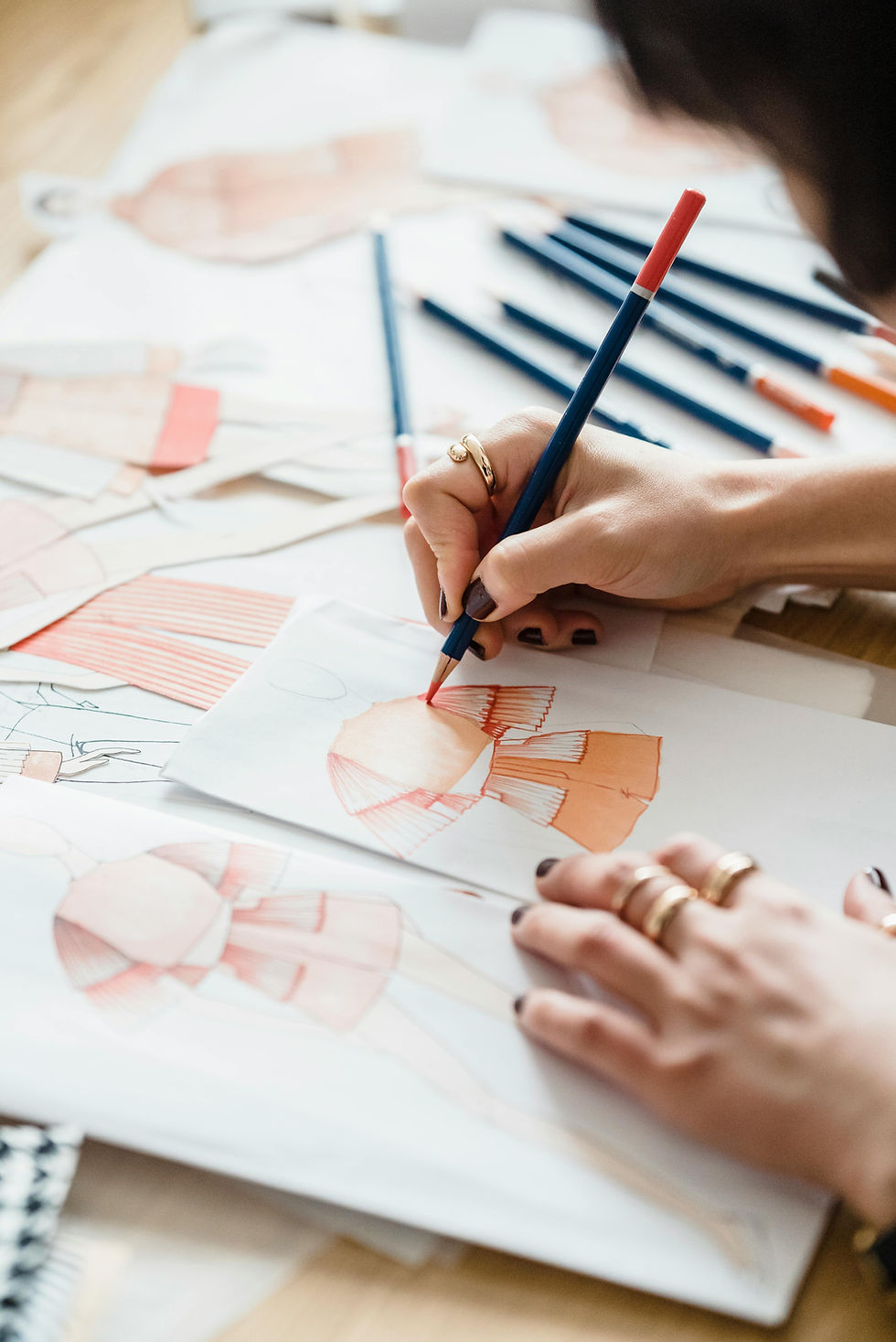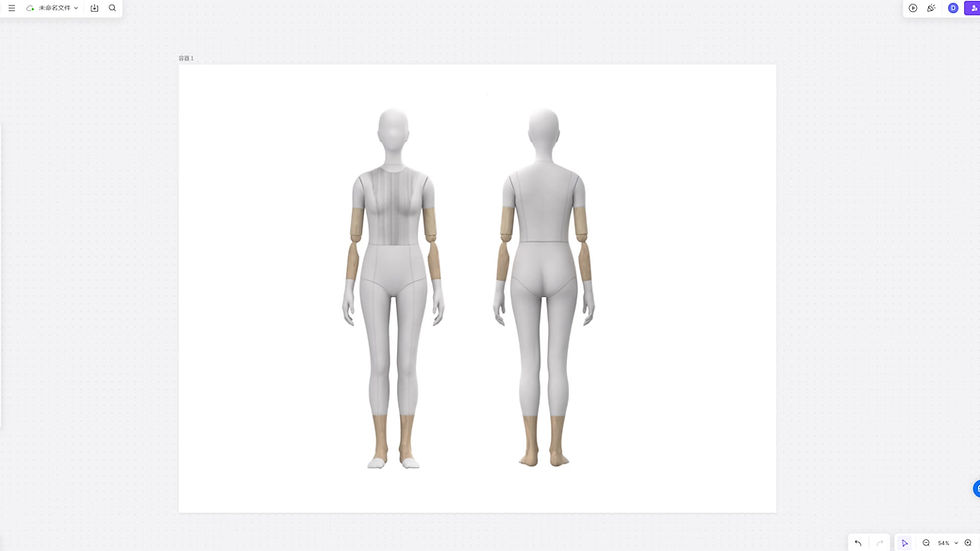The Evolution of Fashion Design: The Importance and Impact of 3D Modeling
By:Style3D Updated on:1st July 2024
The traditional fashion design process is often plagued by inefficiencies and complex steps, leading to time-consuming and labor-intensive workflows. Designers spend significant amounts of time and effort on designing, sample making, modifying, and reviewing. Inconvenient conventional methods highlight the transformative impact of 3D modeling, particularly through the lens of Style3D Studio, on the fashion industry.

Photo by https://www.pexels.com/
The Limitations of Traditional Fashion Design
The traditional fashion design process has long been the standard in the industry. However, it comes with several significant drawbacks that can impede progress and innovation.
Traditional fashion design involves multiple rounds of sketching, pattern making, and sample creation. Each iteration can take weeks or even months. For instance, a single collection can take anywhere from 18 to 24 months from initial concept to final product. This extended timeline delays the overall process and slows down the response to market trends. The process of creating physical samples results in substantial fabric waste.
According to industry estimates, approximately 15% of textiles intended for clothing end up on the cutting room floor. This waste not only drives up costs but also contributes to environmental pollution, with millions of tons of textile waste being generated annually. Once a physical prototype is created, making changes can be laborious and costly. Designers often have to create new samples from scratch to test modifications, limiting their ability to experiment with different designs and materials freely.
Producing multiple physical samples for each design iteration is expensive. Small fashion houses and independent designers can find these costs prohibitive. The high cost of traditional sample production often forces designers to limit the number of iterations, potentially compromising the final product’s quality and innovation. Traditional design processes rely heavily on physical meetings and exchanges of samples. This can be particularly challenging for international teams, leading to delays and increased costs. Miscommunications and errors are more likely when team members cannot review and provide feedback on designs in real-time.
The Transformative Impact of 3D Modeling
Style3D Studio: Leading the charge in 3D Garment Modeling

Style3D Studio exemplifies the power of 3D modeling in transforming the fashion design process. With its advanced GPU-based simulation engine, real-time ray tracing, and AI-assisted tools, Style3D Studio accelerates the design process, enhances the quality of digital garments, and fosters seamless collaboration.
GPU Simulation Engine: Our innovative GPU simulation engine accelerates clothing simulations, cutting parameter tuning and simulation time by up to 90%. Designers can quickly visualize design effects, speeding up the entire design process. This reduction in time allows for more iterations and refinements, ultimately leading to better-designed garments.
Real-Time Ray Tracing: Built on NVIDIA RTX, our proprietary rendering engine enables real-time ray tracing, reducing image production time from hours to minutes. This significantly boosts workflow efficiency and allows designers to see highly realistic renderings almost instantly. The ability to visualize designs in such detail helps in making more informed decisions, ensuring the final product meets the highest standards of quality.
AI-Assisted Tools: AI-copilot tools assist users in creating, identifying, and arranging sewing patterns, reducing manual labor and facilitating rapid digital garment creation. These tools not only save time but also enhance accuracy, reducing the likelihood of errors and inconsistencies. High-precision, high-resolution simulations run smoothly, eliminating the need for post-refinement.
One-Click Enhancement: Powered by GenAI, our one-click image enhancement feature, AI snapshot, enhances the realism of clothing, human figures, and scenes in rendered images. This feature allows designers to create stunning visual presentations, aiding in better communication of design concepts to clients and stakeholders.
Conclusion
The transition from traditional design methods to 3D modeling represents a significant leap forward for the fashion industry. By overcoming the inefficiencies of conventional processes, 3D modeling fosters innovation, sustainability, and cost-efficiency. Tools like Style3D Studio are at the forefront of this transformation, empowering designers to create stunning, precise, and sustainable fashion with unprecedented speed and flexibility. Embracing 3D modeling is not just a technological upgrade; it’s a fundamental shift towards a more dynamic and responsible fashion industry.


